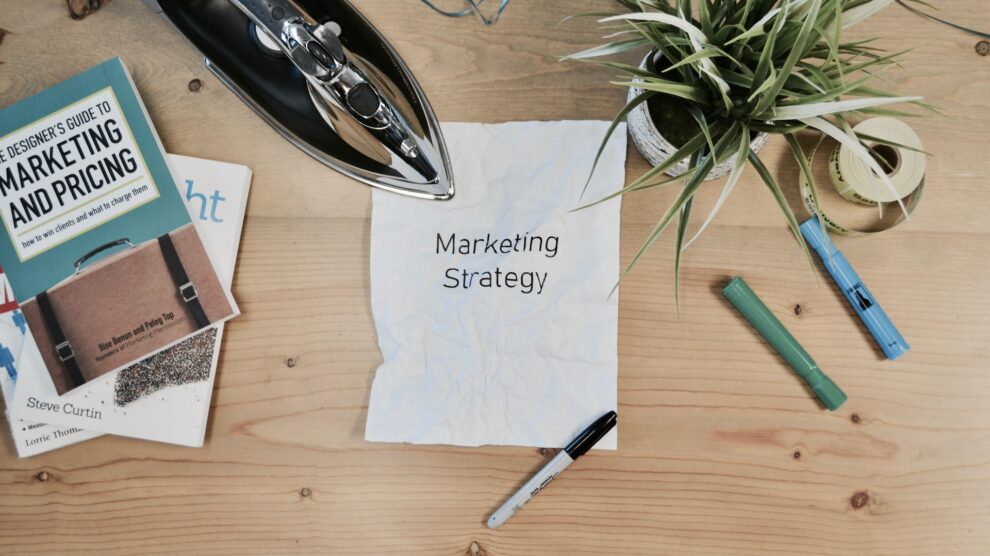To spend or not to spend? Heading toward the end of a tumultuous financial year, this question is on the lips of company decision-makers all over the world. Talk of a recession is flying around, inflation is still on the rise, and magnates like Elon Musk and Mark Zuckerberg are adding fuel to the fire.
Consumers are making conscious cutbacks to make their dollars stretch further. Key areas where people are saving money include take-out, groceries and putting off major expenditures like home repairs and renovations. But companies are also cutting back on costs — even costs that, at one point, seemed essential to their business.
Cost-cutting is casting projects in a new light. With budgets being slashed, marketing departments are often the first to feel the loss. Campaigns that get green-lit now need to earn their dollar value even more convincingly. Yet when advertisers cut spending, they’re much more likely to see a loss in market share. I’d argue that marketing goals are even more important now as businesses scratch to retain customers and boost their reputations in a time of market instability.
The Key Principles that will Help Brands Navigate Uncertainty
How worried should brands be about their spending? Will cutting a marketing budget allow them to bolster their bottom line, or will it actually hinder their growth?
It’s entirely possible for brands to make themselves recession-proof, but this begins with intentional brand investment — not cutting the branding budget. This is not to be confused with conversion-based marketing, which only requires customers to take a one-time action without brand interaction.
Customers look for brands that inspire trust or promise a new approach. They’re buying emotionally, so spending on branding efforts can foster customer longevity when other companies are inadvertently disconnecting their brand from the consumer. Now is the time for your brand to continue the conversation about consumers’ pain points and desires. Strengthening these relationships now serves long-term gains. In fact, brands that increased marketing spending during tough economic times were the ones that saw 17% growth.
Identify Opportunities to Maximize Efficiencies
Companies also need to refine their investment strategy to maximize dollar spend. As the cost of most goods increases, brands not only have to continue to deliver on sales goals but increase ROI to gain or maintain profitability. This means both enhancing efficiency and increasing the likelihood of conversion, filling the funnel with high-value customers primed to take action. By reflecting on your path to conversion through a data-driven lens, new opportunities can be revealed.
Data-driven target assessments can provide additional brand maximization opportunities, making it one of your company’s greatest assets. For example, pandemic data shows how media consumption has changed. Insights that provide understanding into how your prospective customers think and behave can help sync marketing spend with your bottom line. Data-driven branding strategies give brands the ability to test messaging to continue maximizing marketing dollars.
Beyond that, actively promote customer loyalty. New and prospective customer reactions are important, but looking after loyal customers is absolutely essential. Some estimates show that acquiring a new customer costs seven times as much as retaining an existing one. Loyal people will evangelize your brand to the kind of people you’re looking to attract. Reward their devotion with incentives like referral points, loyalty programs or other discounts, especially during times of inflation.
Media Needs to Capitalize on Both Ends of the Funnel
Traditionally, marketing metrics and methods catered to supporting either the top or bottom of the funnel. In today’s environment of data and attribution, however, many new opportunities exist within media channels to bridge the funnel, top to bottom. TV ad spend, CTV, digital audio, out-of-home ad spend and retailer media all have potential to drive engagement and spending. Use media to enhance the performance of campaigns and effectively make each dollar you spend stay in your cycle two or three times over.
History shows economic challenges are cyclical. If brands can learn the lessons in this time of uncertainty and play into its challenges rather than shying away, they can actively steer their businesses into a stronger position where and when it really matters.





